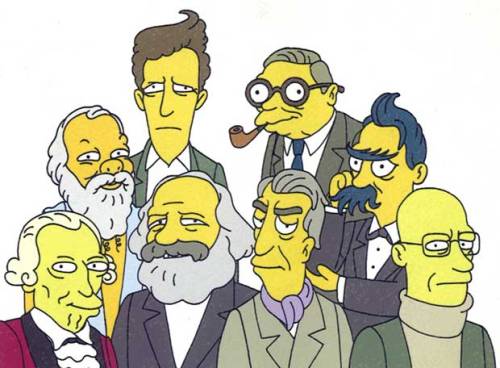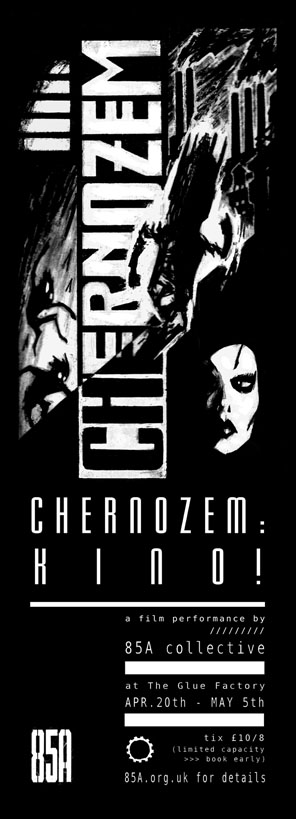"The Fringe is the best experience and the best opportunity a show can hope for," says James Seager, producer for Les Enfants Terrible Theatre Company, and co-director of their latest venture north. Having been bringing shows to Edinburgh for over a decade - and achieving successes with The Vaudevillians and The Terrible Infants - Seager's faith in the festivals is a mixture of experience and rewarded ambition. This year's show, The Trench, Seager explains, "is the only play set in the First World War that features puppetry, physical performance, live music by an award winning artist and stars a guy that has just played Kenny Everett in a BBC4 film!"
Les Enfants represent an eclectic approach to performance that the Fringe, at its best, encourages. Past shows have shown the influence of cabaret and while the script by Lansley drives the action, it is the use of physical theatre that has given the company their distinctive style.
"The play is inspired by the true story of a miner who became entombed in a tunnel during World War One," Seager continues. "I've always been extremely fascinated with the war ever since I first visited the battlefields when I was 13 and have returned many times since - its always an incredible moving experience and one that I always wanted to set a play about."
 Despite the apecific historical influence, the process led to a more mythical take on the tale. "When I spoke to Oli Lansley, who co-runs the company with me, he had an idea to do it as an epic poem influenced by Orpheus' journey into the Underworld and The Trench was born."
Despite the apecific historical influence, the process led to a more mythical take on the tale. "When I spoke to Oli Lansley, who co-runs the company with me, he had an idea to do it as an epic poem influenced by Orpheus' journey into the Underworld and The Trench was born."
Teaming up with musician Alexander Wolf, the five strong cast began work on the piece, building it into what Seager calls "a moving piece with trade mark Les Enfants touches of physicality, music, originality, and puppets!"
Pleasance Two, Pleasance Courtyard - Venue No. 33
Time: 13.10 - 1st to 27th August (not 14th & 25th). Price: £12.00 / £10.00, Concession £11.00 / £10.00
















